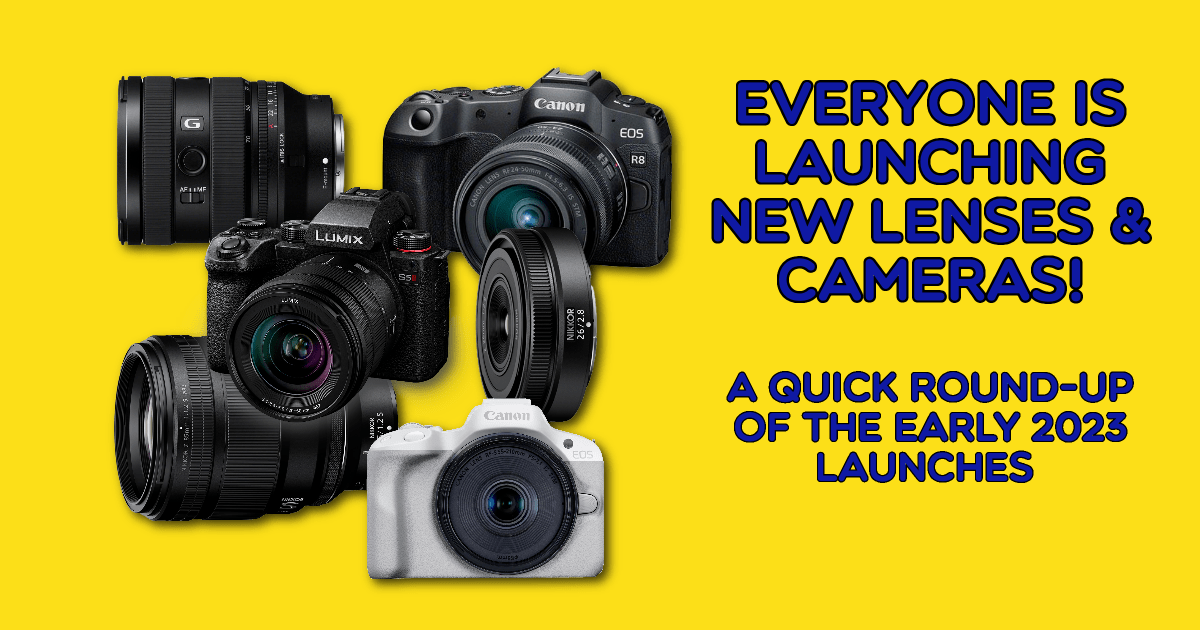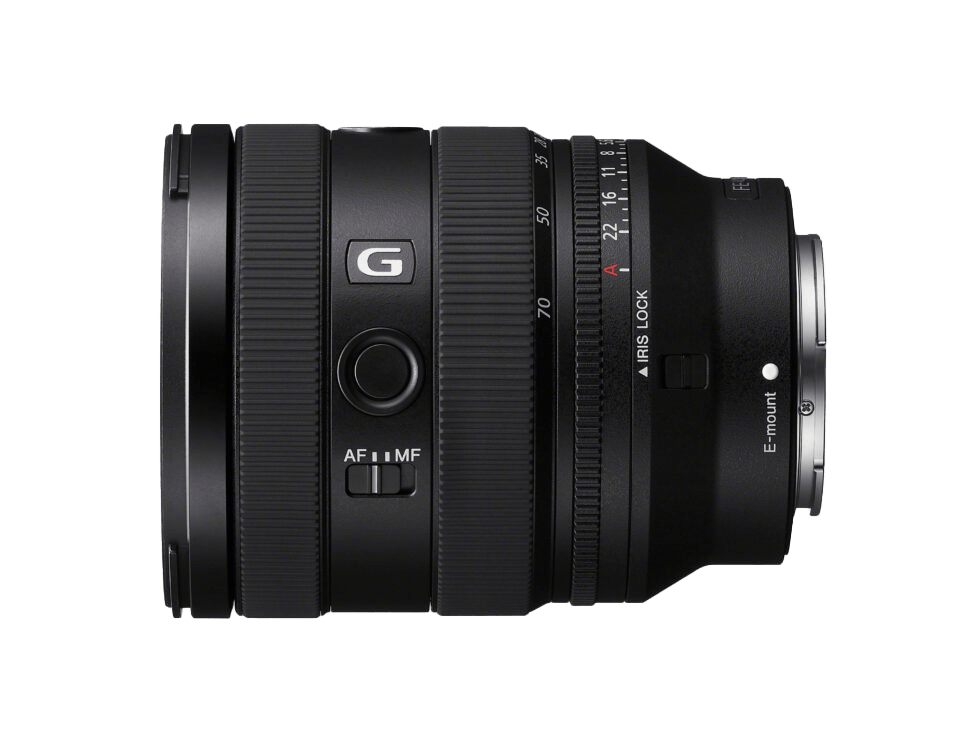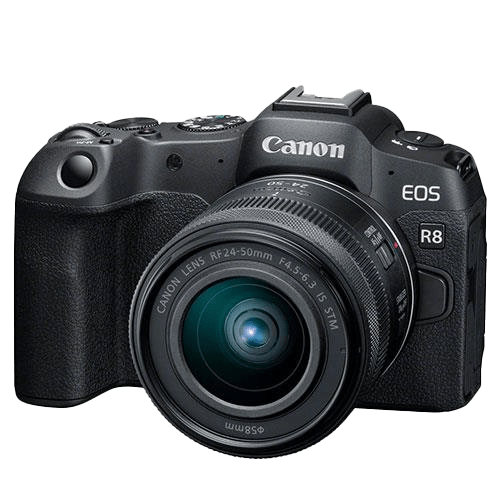February 15, 2023
Cameras, Cameras, everywhere!
The last few weeks have seen lots of new cameras being launched. This week we’ll round up what you can expect to see in the coming months

All the major camera manufacturers have announced new cameras and lenses in the last couple of weeks. It’s been tough to keep up with just what has been launched. I thought combining all the gear launches into one blog would be good. Unfortunately, I’ve not had a chance to try any of these cameras…. yet. I can all least compare the specifications and try to work out the direction of travel for each of the brands. Spoiler alert, though, there isn’t much for you if you think that traditional DSLRs are going to be hanging around.
Panasonic
Starting the announcement merry-go-round, Panasonic launched its S5 Mark II. Panasonic isn’t the first name you would go to when buying an interchangeable lens camera. It’s been behind the development curve against the likes of Sony and Canon. However, with the year’s first launch, the S5 Mark II cameras bring them closer to their competitors.
The most significant developments we have seen in the last few years have been in the auto-focus space. Panasonic has been lacking in introducing some of these technologies. With this launch, Panasonic users can switch the autofocus between recognising face and eye detection in animals and humans. The video on the Panasonic site is impressive, showing good tracking performance. However, as we’ll see later, the competitors are all bringing out even more advanced technologies. Unfortunately, it looks like Panasonic will still play catch-up in 2023.

The camera is available now with the manufacturer’s recommended price of £2,299
Sony
Nine days later, Sony came out with its launch of new camera equipment. Sony has been at the forefront of mirrorless technology. It already has an impressive range of camera bodies, so the early 2023 launch was pretty low-key. Just one lens, but it does fill an interesting space.
The normal lens collection is a 16-35mm wide angle, a 24-70mm mid-zoom and a 70-200mm zoom. Most professionals have this trilogy of lenses in their kit bag. Sony’s launch is a lens that bridges the two wider lenses with a focal distance of 20-70mm. The largest aperture through the zoom is set to f/4. The lens may be lightweight at 488g and a filter diameter of 72mm, but the quality will be excellent with Sony’s G lens glass. The motors in the lens allow Sony to claim that even at 30 fps tracking of subjects will be fast and precise.

Available in March 2023, the Sony FE 20-70mm F4 G will sell at £1,400, which is quite a chunk of change to throw at a lens. However, that extra 4 mm focal length will be pleasing for landscape shooters.
Nikon
Next up on 6 February was another low-key launch, this time from Nikon. Rumours abounded of more Z-range cameras, but it wasn’t to be this time. Instead, Nikon launched two new prime lenses for the Z-system.
The first is the Z 85mm f1.2 S Lens, which will be amazing for fashion and portrait photography. The 85mm lens is a go-to lens for wedding photographers, and the ultra-fast f/1.2 aperture will produce beautiful bokeh. The ‘S’ badge is synonymous with high-quality glass, but at 1160g, it will add a lot of weight to your camera bag. That wide aperture comes about because of the 15 elements, but I can imagine it will produce top-quality photos. Don’t worry about the weight, as the £3,000 price tag will make a sizeable hole in your wallet when it’s available at the end of March 2023!

From a heavy-weight lens to the second part of Nikon’s announcement. An ultra-light and slimline 26mm prime lens with a widest aperture of f/2.8. If you don’t want to be noticed doing street photography, this lens is just 2.35cm long and weighs 125g. You’ll not notice that you are carrying around a lens this big. It doesn’t boast the same S glass as the 85mm lens, but with eight elements squeezed into that slimline casing, it should still produce acceptable results. Also coming out at the end of March, this light-weight Z 26mm f2.8 lens will cost you £530.

Canon
To complete the early 2023 launches, Canon introduced two new cameras and two lenses. It has to be said that Canon was late to the full-frame mirrorless party. However, it has been aggressively increasing the range. The new R8 seems to replace the Canon RP, one of its first mirrorless camera bodies. It boasts many of the features recently added to the Mark II version of the R6 in a lightweight, 461g body. Its 24MP sensor is good enough for most enthusiast photographers but includes an electronic shutter giving 40fps continuous shooting, and boasts a high ISO of 102,400.
When we compare this budget mirrorless from Canon to the Panasonic, we can see the battle the latter has to catch up. The autofocus system in the R8 includes detection for Humans (Eye, Face, Head, Body), Animals (Dogs, Cats, Birds and Horses) or Vehicles (Racing cars or Motorbikes, Aircraft and Trains).
There are missing features, such as a second card slot, but this camera replaces the entry-level full-frame mirrorless. Most enthusiast photographers don’t need this. If you do, spend a wee bit more and buy the R6 Mark II. The camera will hit the shelves in April and cost £1,699 for the body alone. Canon also launched a new kit lens for this budget camera to accompany the body. The RF 24-50mm f4.5-6.3 IS STM Lens adds an extra £200 to the cost. I’m not convinced that this amount of zoom provides quite enough for a beginner photographer. A variable aperture lens from 24-70mm would be a good purchase for a new photographer – this doesn’t give enough in my mind.

Also launched on the same day is the Canon R50. This is an APS-C cropped frame sensor, suggesting that Canon has ditched the M range of cameras that previously occupied this space. It also offers the same auto-focus features as the R8. The ISO range stops at 51,200, and the electronic shutter operates at 15fps, albeit with a burst of just 7 RAW images.
This is the first entry-level R range camera and is a welcome addition for the beginner who doesn’t want to invest in the soon-to-be-defunct EF/EF-S range of lenses. It will also be available from April and cost £899 when packaged with the existing RF-S 18-45mm lens. An extra £200 will add in a newly-launched RF-S 55-210mm F5-7.1 IS STM. One thing to be aware of when buying RF-S lenses is that they won’t work on cameras that aren’t APS-C sensors. If you think you’ll upgrade to a full-frame sensor at some stage, then start investing now in the RF lenses that work on both body types. The R50 comes in the usual black body colour but is also available in a white version. If you like that kind of thing, enjoy – for me, cameras need to be black!

Summary
The early 2023 launches give a state-of-the-nation overview of the camera market at the moment. Panasonic is still playing catch-up. Sony is concentrating on its lens range. Nikon is improving quality. Canon is pushing Sony pretty hard and is probably at the top of its game (at the moment). That said, the big three have issues they must look at. Sony can’t keep resting on its laurels and needs to produce a new body with ground-breaking technology. Nikon must expand its range of bodies and work on its autofocus systems to match Sony and Canon. Canon is odd – it has refused third-party lens manufacturers from using the RF technology so far. Now that it has dipped its toe into the APS-C mirrorless market, new photographers will want to buy cheaper (but good quality) glass from the likes of Sigma – hopefully, 2023 will see this happen.
Please give us your feedback.
If you’ve got any questions or comments, leave them below. You can sign up for the Edinburgh Photography Workshop monthly newsletter, where you’ll get regular updates on exciting things happening in photography and some great tips. Sign up by clicking here.
About the author
As well as running Edinburgh Photography Workshop, Rich Dyson is a professional photographer. His photographs are regularly used in newspapers such as The Times, Guardian and Daily Telegraph. He also had two solo exhibitions and was featured in a members-sponsored exhibition in the Scottish Parliament. You can see and buy his photography at richdysonphotography.com.